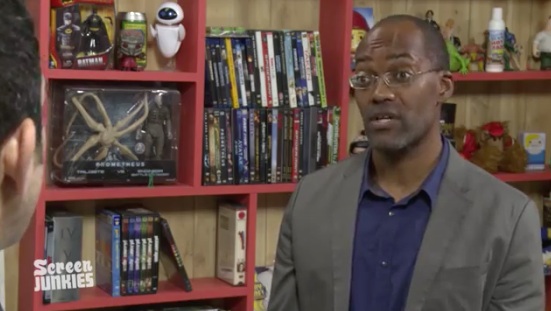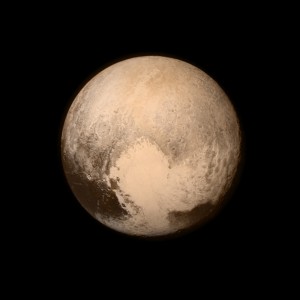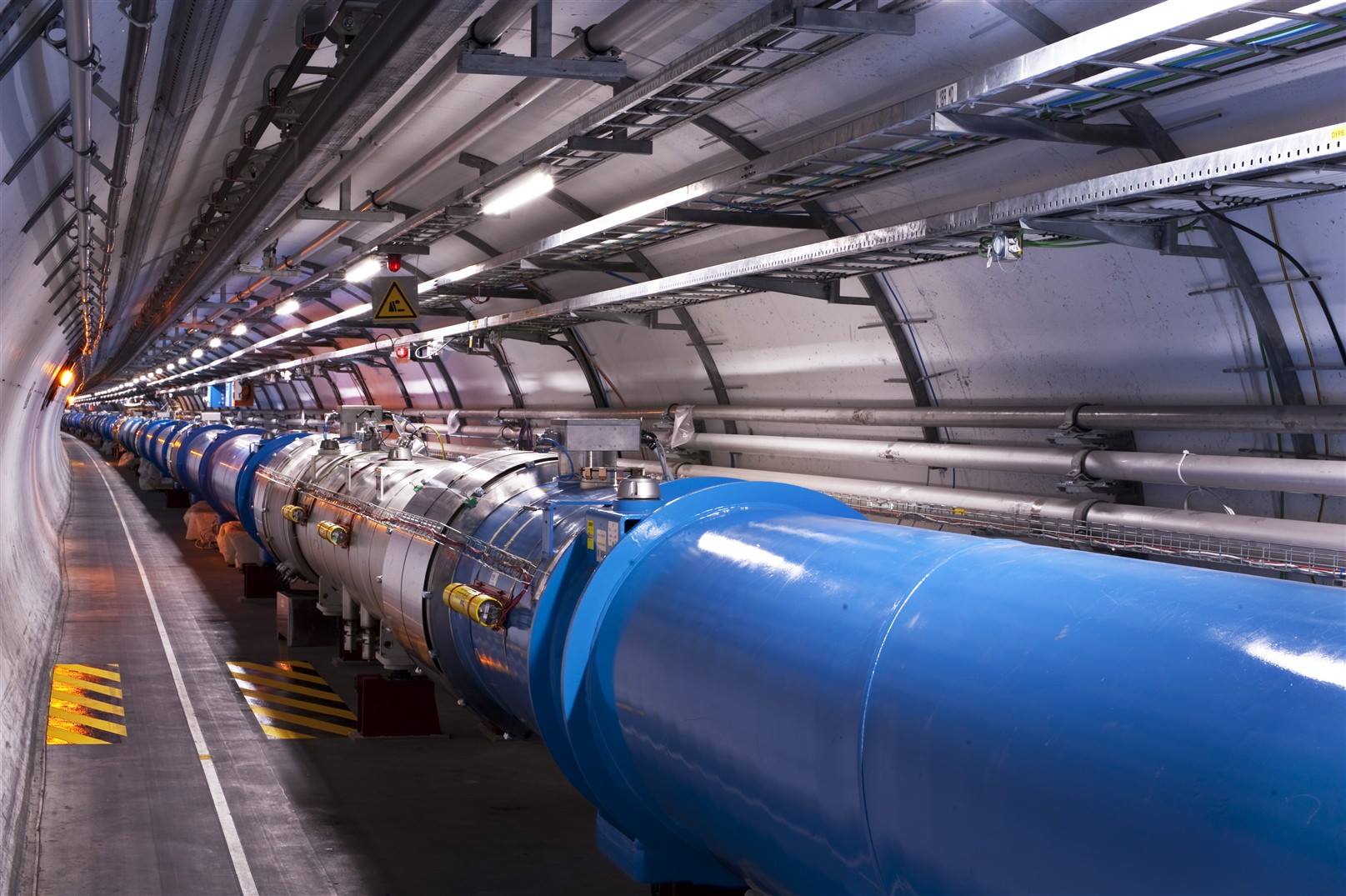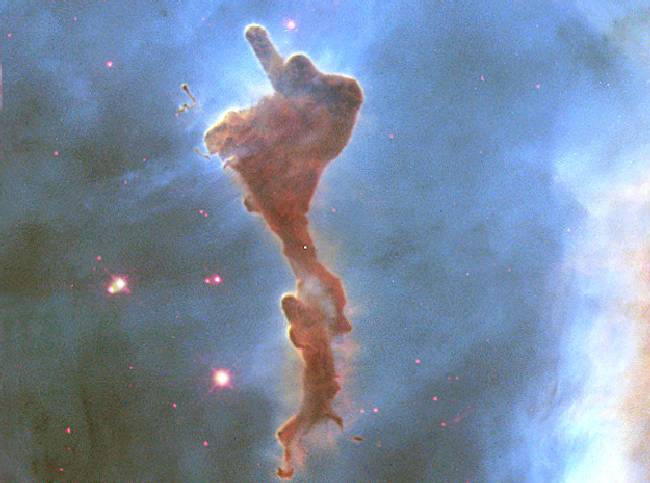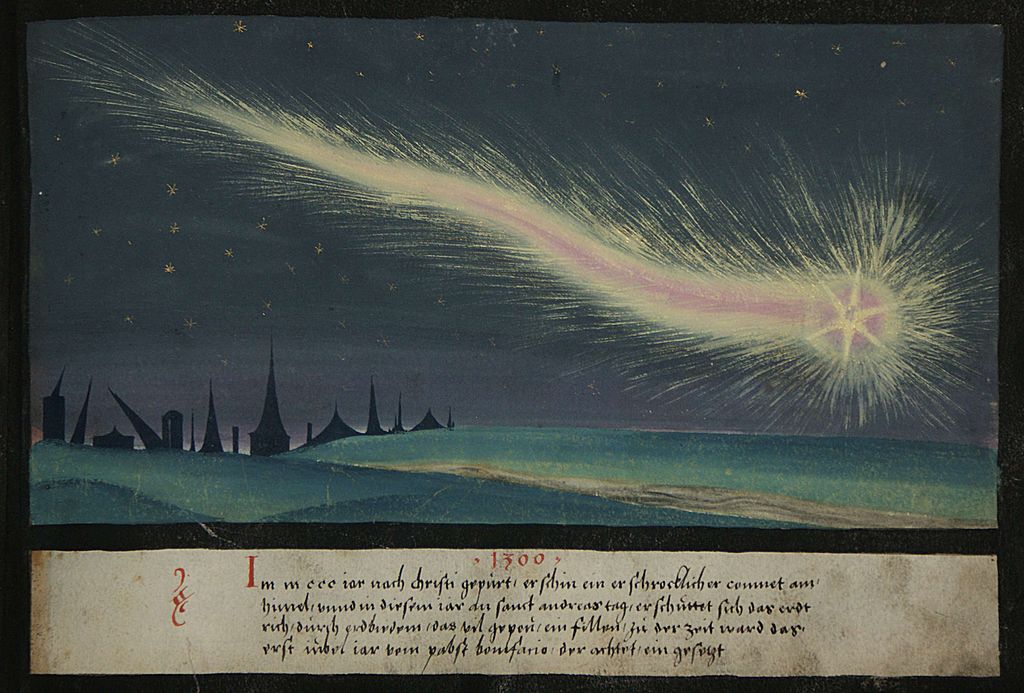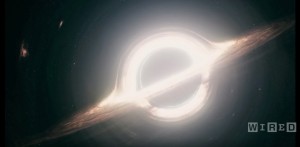One Hundred Years of Certitude
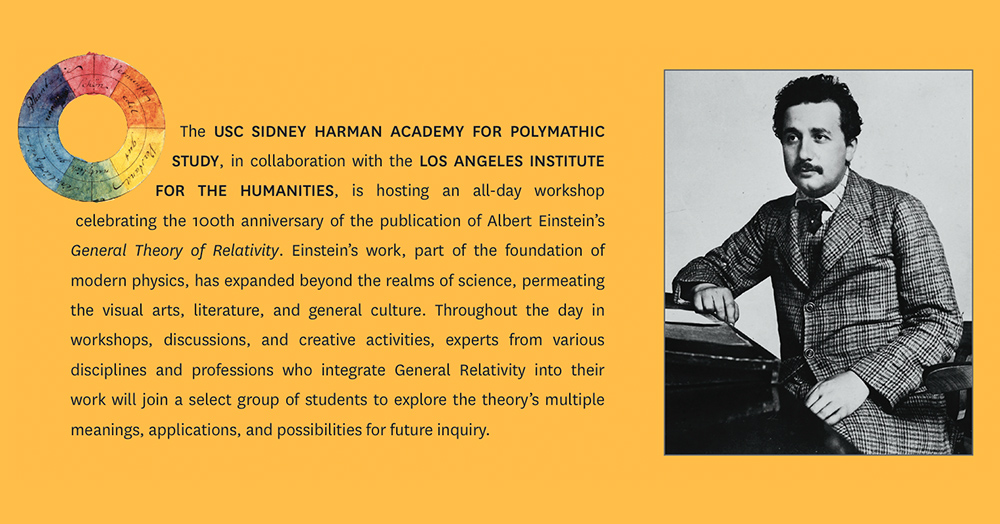 Since the early Summer I’ve been working (with the help of several people at USC*) toward a big event next Friday: A celebration of 100 years since Einstein formulated the field equations of General Relativity, a theory which is one of the top one or few (depending upon who you argue with over beers about this) scientific achievements in the history of human thought. The event is a collaboration between the USC Harman Academy of Polymathic Study and the LAIH, which I co-direct. I chose the title of this post since (putting aside the obvious desire to resonate with a certain great work of literature) this remarkable scientific framework has proven to be a remarkably robust and accurate model of how our universe’s gravity actually works in every area it has been tested with experiment and observation**. Despite being all about bizarre things like warped spacetime, slowing down time, and so forth, which most people think is to do only with science fiction. (And yes, you probably test it every day through your […] Click to continue reading this post
Since the early Summer I’ve been working (with the help of several people at USC*) toward a big event next Friday: A celebration of 100 years since Einstein formulated the field equations of General Relativity, a theory which is one of the top one or few (depending upon who you argue with over beers about this) scientific achievements in the history of human thought. The event is a collaboration between the USC Harman Academy of Polymathic Study and the LAIH, which I co-direct. I chose the title of this post since (putting aside the obvious desire to resonate with a certain great work of literature) this remarkable scientific framework has proven to be a remarkably robust and accurate model of how our universe’s gravity actually works in every area it has been tested with experiment and observation**. Despite being all about bizarre things like warped spacetime, slowing down time, and so forth, which most people think is to do only with science fiction. (And yes, you probably test it every day through your […] Click to continue reading this post


